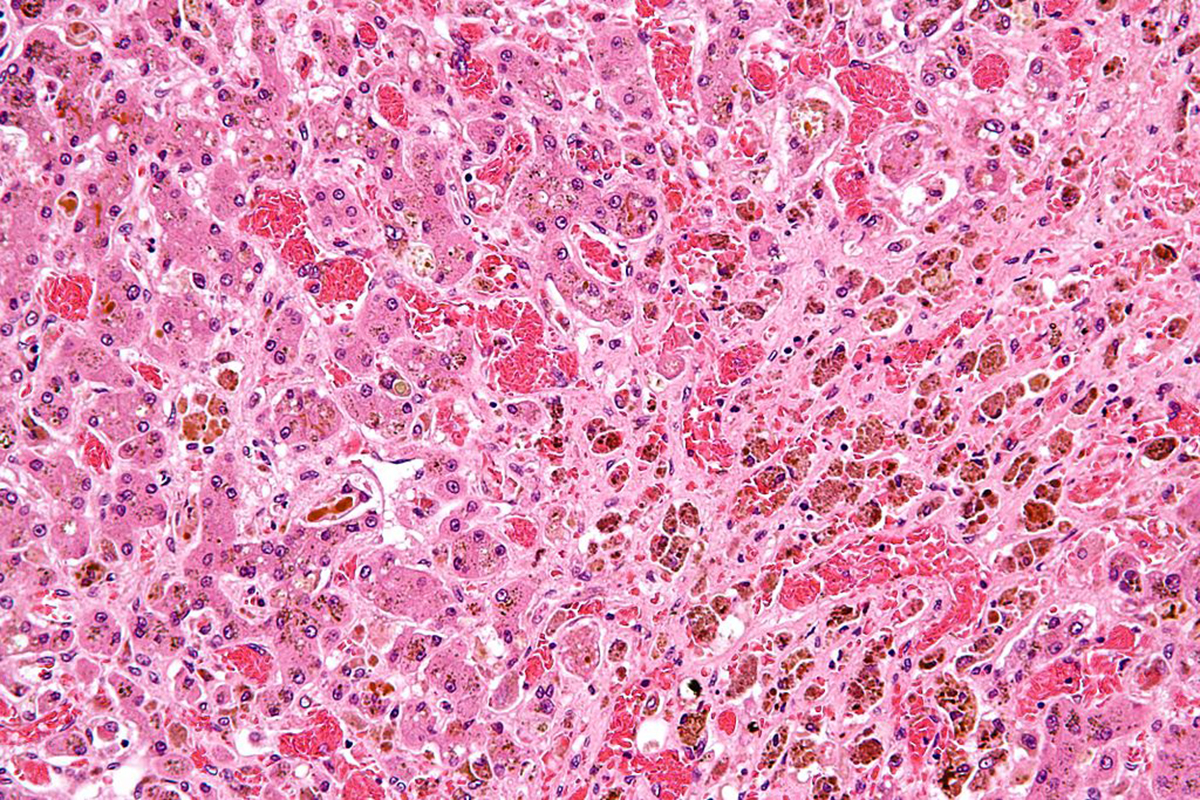Table of Contents
There are no certain cures for sickle cell disease, but there are treatments available to ameliorate the effects. Mild pain is managed with increased fluids, over the counter pain medications, and heating pads. Cold exacerbates the condition, so keeping warm is vital. Oxygen therapy may be given if the blood's oxygen content is very low. If infection is present, antibiotics may also be administered.

Those with the most severe forms of sickle cell disease find some improvement through taking hydroxyurea, a medication that encourages the production of fetal hemoglobin. Fetal hemoglobin helps prevent the sickling of red blood cells, reduces anemia, and can minimize the frequency of sickle cell crises, but it also inhibits white blood cell production. The decrease in white blood cells increases a person's chance of infection.
Preventing Complications
Consistent medical care is vital for people with sickle cell disease and must begin as soon as a child is diagnosed. There are numerous complications that can occur without good medical care. The clumping of sickled cells can cause strokes, so children should begin receiving routine ultrasounds of their heads at age 2. These scans allow doctors to determine whether blood flow to the brain is at all restricted. Children with high risk of stroke can be treated with routine blood transfusions to decrease this risk.
Frequent checkups with eye specialists knowledgeable of sickle cell disease are necessary to monitor eye health and determine if deterioration is occurring.
Most children who have been diagnosed receive a daily, prophylactic antibiotic until age 5, as well as folic acid to boost the production of red blood cells. The antibiotic, usually penicillin, helps to prevent infections that can trigger a severe crisis. Vaccines should be kept up to date as well.
Read More: Study: Iron Deficiency Anemia Increases The Risk Of Stroke
Hope for a Cure
Researchers continue to search for a cure for sickle cell disease. Stem cell and bone marrow transplants from closely related donors have shown some promise as treatment and some studies even showed that the transplants cured some children of the disease, but only after their own bone marrow was completely destroyed by a chemotherapy regimen. A gene therapy cure is also being sought in the hope that inserting normal genes into the bone marrow stem cells of patients with sickle cell disease will induce their bodies to create normal red blood cells.
It is vital for those with sickle cell disease to receive consistent care throughout their lives in order to minimize the life-altering effects of their condition. Comprehensive care at the same level as that provided to those with other genetic diseases like cystic fibrosis is essential for the treatment of a disease that so greatly affects a large portion of the African-American and Hispanic-American communities.
- Anemia, sickle cell. (2001). In Taber's Cyclopedic Medical Dictionary (pp.105-106, Edition 19). Philadelphia, PA: F. A. Davis Company.
- Photo courtesy of Anatomy & Physiology, Connexions Web site by Wikimedia Commons : en.wikipedia.org/wiki/File:1911_Sickle_Cells.jpg
- Photo courtesy of Nephron by Wikimedia Commons : commons.wikimedia.org/wiki/File:Sickle_cell_disease_and_cirrhosis_-_high_mag.jpg


Your thoughts on this